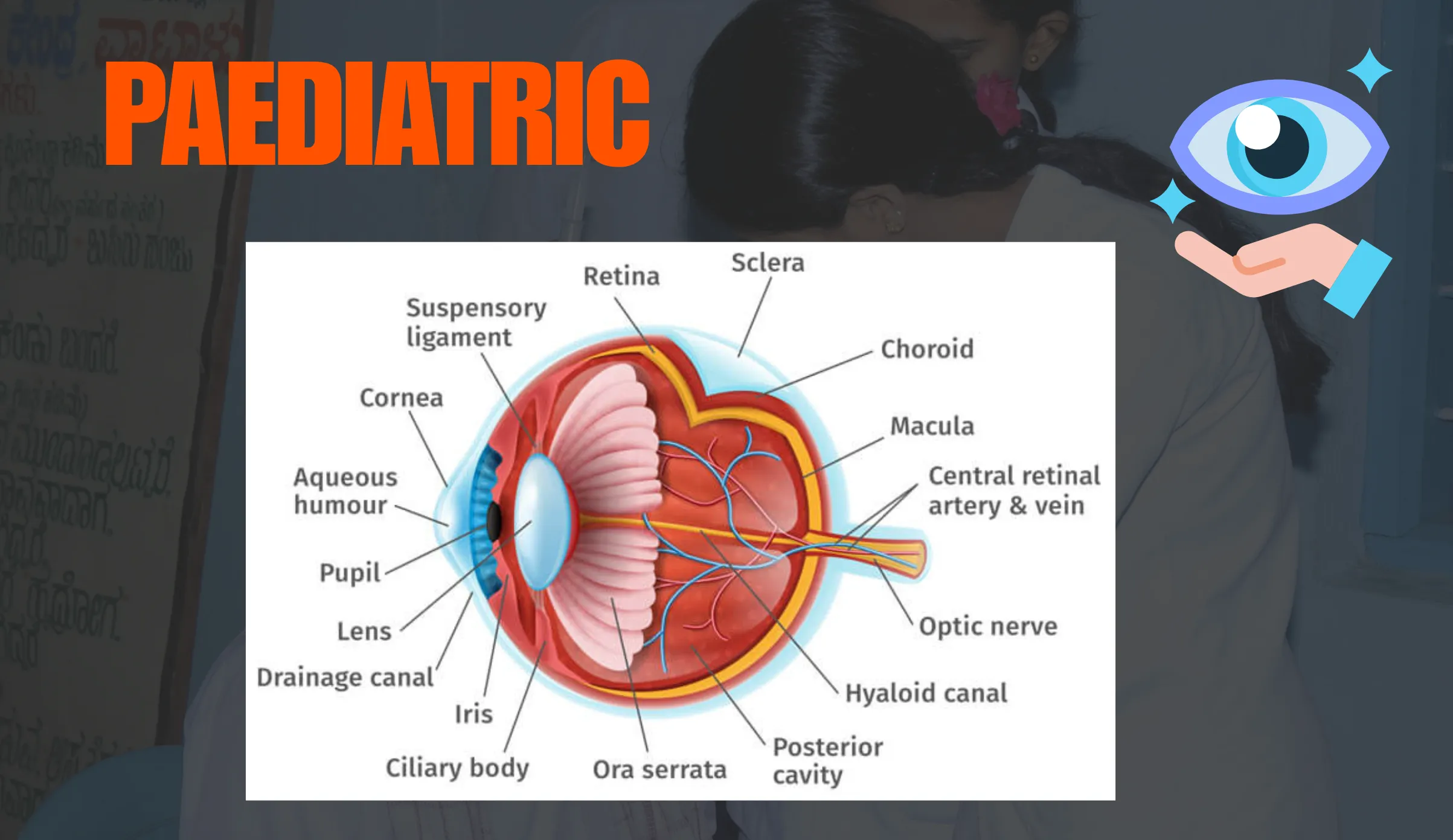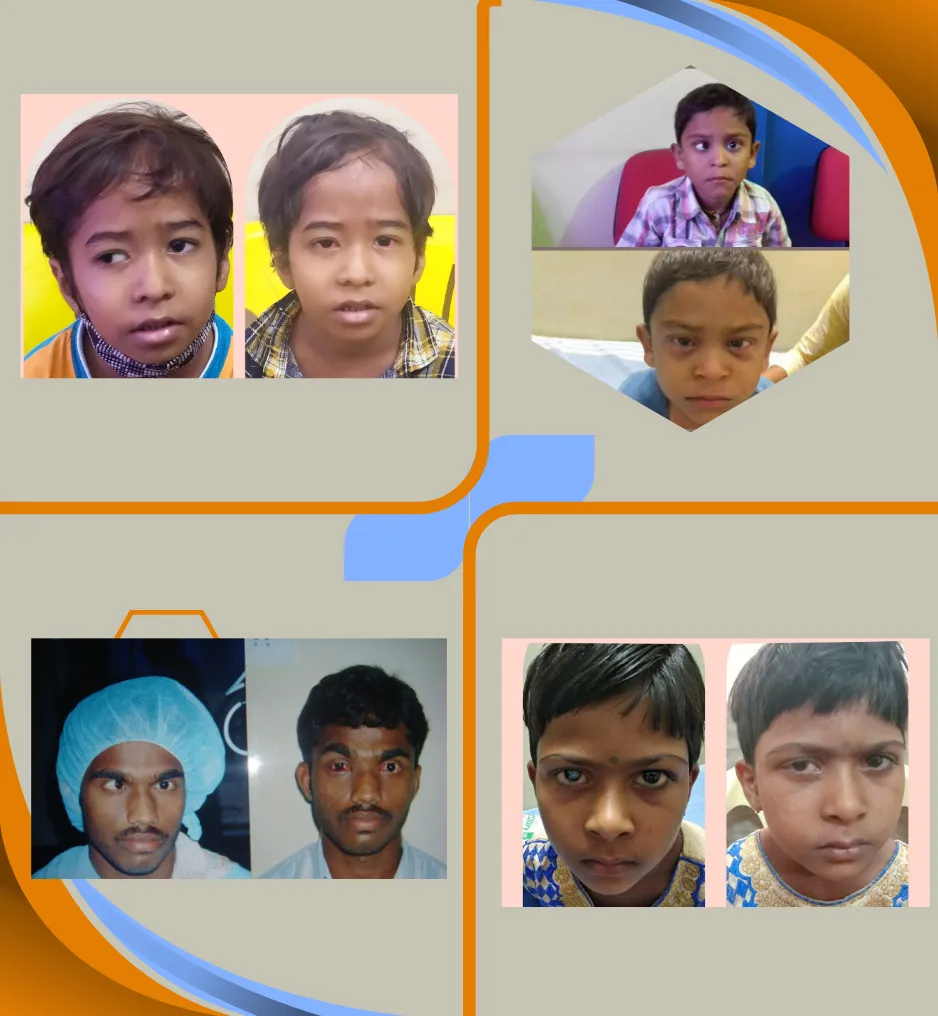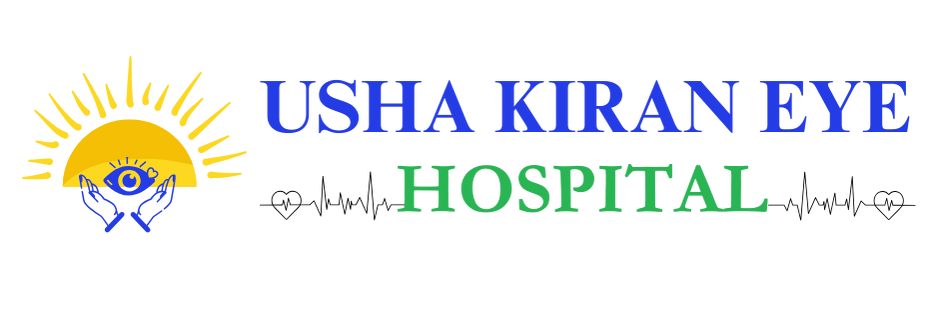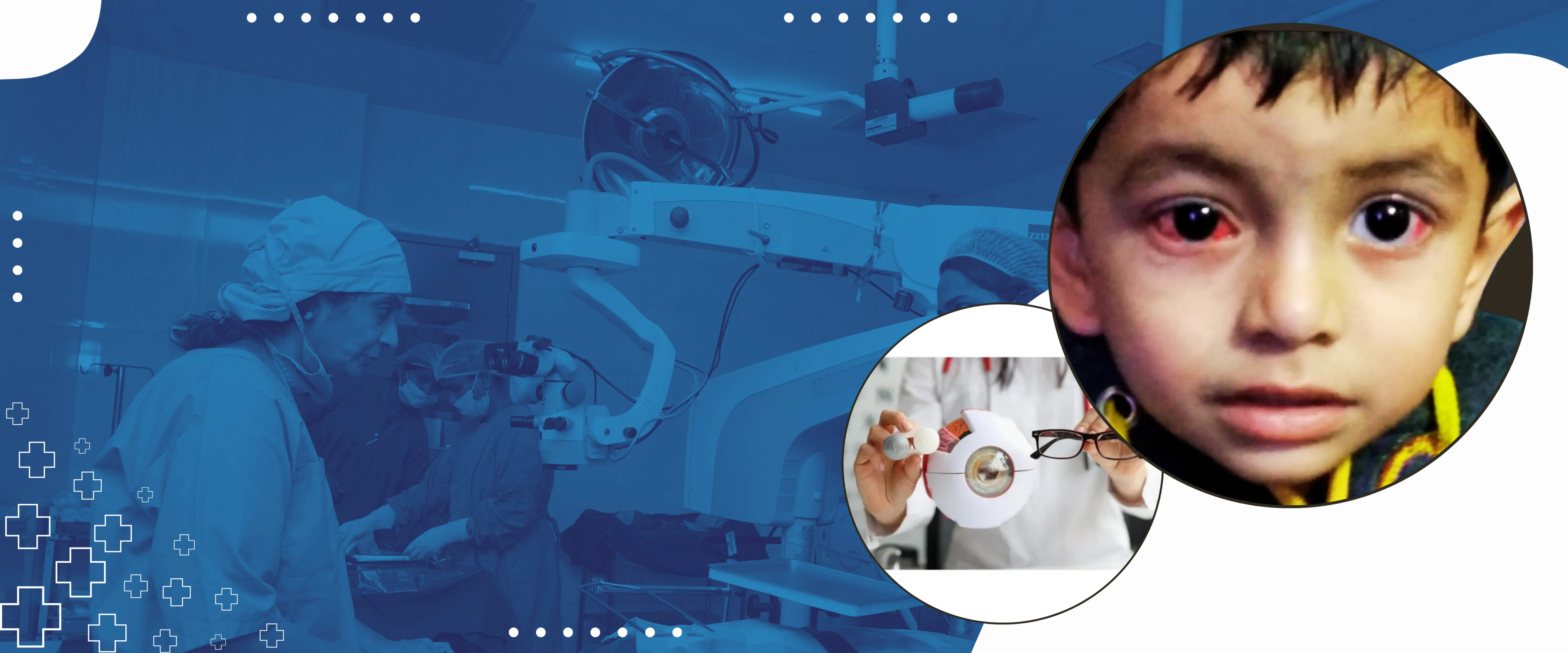877/1, Deewans Road Lakshmipuram,Mysore 570004 Karnataka,India
-
9845971425
contact to
-
ukehkvr@gmail.com
Email through

Paediatric Ophthalmology
Our center also treats children who have eye problems. Small children are unable to relate their eye problems and our ophthalmologists treat children in a very friendly way with special equipment and treatment methods.
The common pediatric eye problems are congenital eye diseases, Amblyopia or lazy eye, Pediatric strabismus or squint and refractive errors. Congenital eye diseases include congenital cataract, Ptosis or drooping of eye lids, congenital nasolacrimal duct blockage (or NLD blockage) which results in watering of eyes. Newborns and younger infants commonly have some matting in their eyes and may have tearing. Amblyopia or lazy eye condition happens when visual function of one eye is underdeveloped. This could be successfully treated in early childhood as complications increase with age. It is difficult to identify a child suffering from amblyopia unless there is obvious misalignment.
Strabismus is a defect in the eyes wherein the eyes point in two different directions. The exact cause is not yet understood. Our strabismus patients receive comprehensive diagnosis and management of their ocular misalignment and diplopia. The services of certified orthoptists are important components of the program, offering special eye measurement tests as well as treatment with glasses, prisms, and/or muscle exercises as required.
Pediatric strabismus or squint condition which can be identified when your child’s eyes point in different directions. If it is not treated on time, it could lead to double vision, eye strain, discomfort and headache. Minor cases can be treated through patching and glasses. Strabismus is best treated in childhood. The main sign of strabismus is an eye that is not straight. Sometimes children will squint one eye in bright sunlight or tilt their head to use their eyes together.
The treatment for Strabismus varies accordingly to the type of squint. The different types of treatment are:
- Spectacles which is used to correct sight problems.
- Occlusion - patching the good eye to encourage the weaker eye to be used.
Surgery is done in cases of congenital squints with other forms of treatment. Sometimes, it may be necessary to perform surgery on one or both eyes. Surgery in children is performed with a general anesthetic. Glasses may have to be used after surgery for a few days.

Paediatric Ophthalmology Benefits
Pediatric ophthalmology is a specialized branch of eye care that focuses on diagnosing and treating eye conditions in children, from infancy through adolescence. Here are some key benefits of pediatric ophthalmology:
- Early Detection and Treatment of Vision Problems
- Management of Congenital Eye Conditions
- Supports Proper Visual Development
- Long-Term Vision Protection
- Prevention and Treatment of Amblyopia (Lazy Eye)
- Expertise in Managing Pediatric Eye Injuries
- Specialized Care for Strabismus (Crossed Eyes)
- Guidance on Eye Health and Safety for Growing Children
More about Pediatric Ophthalmology
Congenital eye diseases include congenital / developmental cataracts, ptosis or drooping of eye lids, congenital nasolacrimal duct blockage (or NLD blockage) which results in watering of eyes. Newborns and younger infants commonly have some matting in their eyes and may have a lot of tearing; this could be because of blocked tear duct.
Amblyopia or lazy eye condition happens when visual function of one eye is underdeveloped. This could be successfully treated in early childhood as complications increase with age. It is difficult to identify a child suffering from amblyopia unless there is obvious misalignment. A thorough examination done by a specialist can help in analyzing this problem.
Retinopathy of Prematurity-condition occurs when a baby is born prematurely (less than 36 weeks of gestation) +/- those with birth weight less than 2000gm.The retina of the baby is screened in association with the NICU and action taken as necessary. Timely and prompt screening examination in these infants is crucial to prevent the vision-threatening complications of the disease.
Pediatric strabismus or squint condition which can be identified when your child’s eyes point in different directions. If it is not treated in time, it could lead to lazy eye (suboptimal vision and potential blindness), double vision, eye strain, discomfort and headache. Squint also hampers binocular vision development and child may never have 3D vision if squint is left untreated. It’s a myth that squint disappears in a few years by its own. No, it does not. Early diagnosis and appropriate treatment of squint is critical to have best outcomes.
How is the squint treated?There are various ways of treating different types of squint. The treatment plan depends on type of squint, age of onset of squint, degrees / amount of squint, control over the squint and vision. All squints need and have treatment irrespective of type and amount of squint. Some squints can be totally corrected by prescribing correct glass power. Few squints can be managed by patching exercises to improve the vision and the control over squint.
While few squints require surgery on eye muscles to achieve the eye alignment. Squint surgery is one of the safest surgeries in eye and has good success rate. Time is the key- earlier the treatment of squint, better is the overall outcome. Squint can also impact psychosocial development of your child. Treating the squint in time improves their confidence and scholastic performance, as well.
Orthoptic and binocular vision therapyBinocular vision therapy and orthoptic therapy is a treatment program that strengthens the neural connections between eyes and the brain, and enhances the performance of visual skills. These therapies are used to treat. We have a well-established set up to cater to different eye diseases like convergence and accommodation insufficiency/excess, eye fatigue, lazy eye, impaired eye tracking, poor depth perception and 3D vision, double vision and various types of squints.
Outreach and screening programsWe also conduct school eye screening programs and other outreach programs. A dedicated team of optometrists and doctors go to school and other distant locations with all the necessary screening equipment and do the eye screening examinations on site. These routine and timely screening examinations help detect the eye diseases in time, and reduce the vision problem significantly by prompt and effective treatment.
Adult onset StrabismusStrabismus is a defect in the eyes wherein the eyes point in two different directions. Our strabismus patients receive comprehensive diagnosis and management of their ocular misalignment and diplopia. The treatment for Strabismus varies accordingly to the type of squint.
Strabismus can also be either due to any craniomotor nerve palsies, any mechanical causes like fracture or bones of orbit, thyroid eye disease, neuro-muscular problems like myasthenia or due sensory strabismus due to poor vision.
The different types of treatment are:- Spectacles which is used to correct sight problems.
- Occlusion – patching the good eye to encourage the weaker eye to be used.
- Surgery: Surgery is done in cases of congenital squints with other forms of treatment. During surgery, a small incision is made in the tissue covering the eye to reach the eye muscles. The eye muscles are removed from the wall of the eye and repositioned during the surgery, depending on which direction the eye is turning. Sometimes, it may be necessary to perform surgery on one or both eyes. Surgery in children is performed under general anesthesia.
Our Video Gallery
Explore our collection of informative and engaging videos that showcase our services, patient testimonials, and educational content about eye care. Discover how Usha Kiran Eye Hospital is dedicated to providing exceptional eye care and enhancing the vision of our patients.

